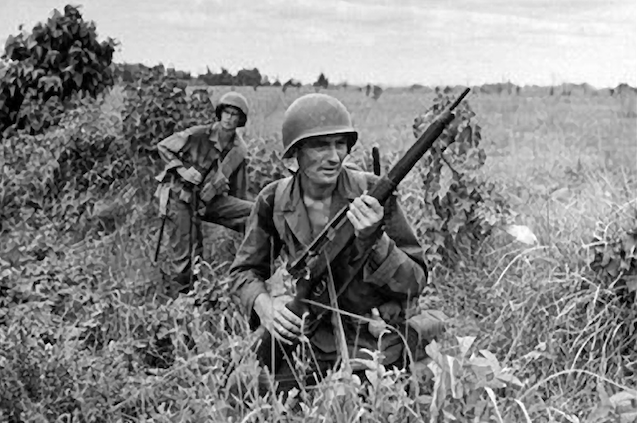Hello all, here is today's article posted on TheArmoryLife.com. It is titled "Was the M1903A4 Sniper Rifle No Good?" and can be found at https://www.thearmorylife.com/was-the-m1903a4-sniper-rifle-no-good/.
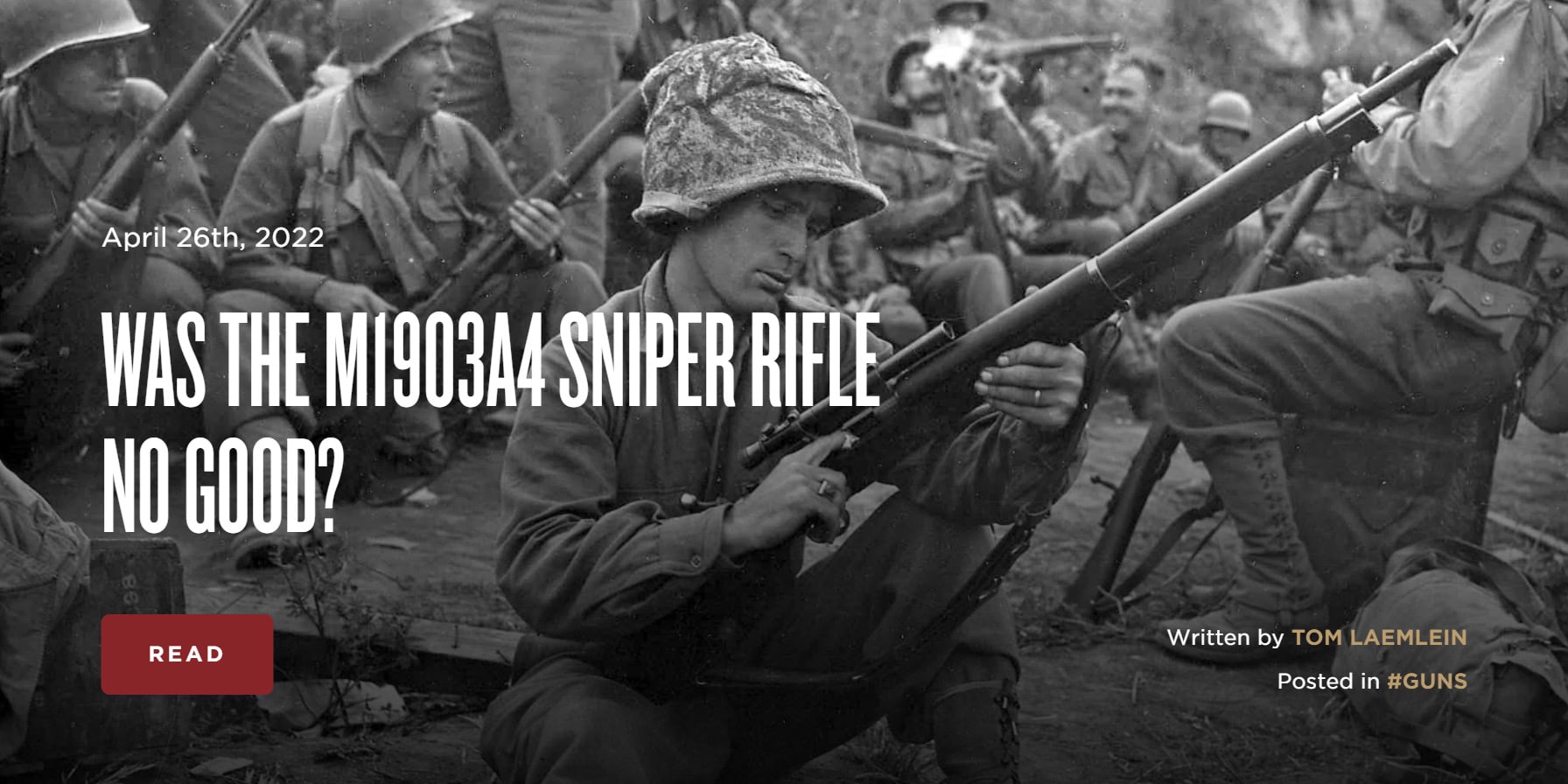


The A4 was based off the A3, not the pre-WW2 configuration-type A1.M1903A4a mass produced A1 basically with less lanez and groves. Only two each to be exact. Come on! This is what the US calls a sniper rifle? That is unacceptable! "Can I have my 03A1 back now please"?
I remember my Grandfather tell us grand kids about the less lanez and groves of the A4 when I just started learning about rifle marksmanship as kid! Grampa fought in WW2.
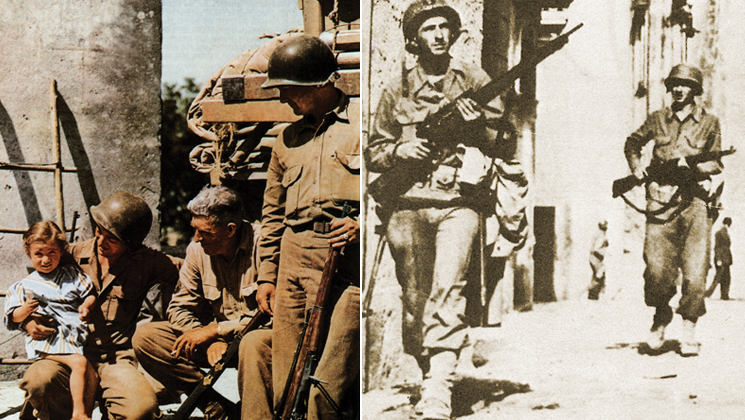
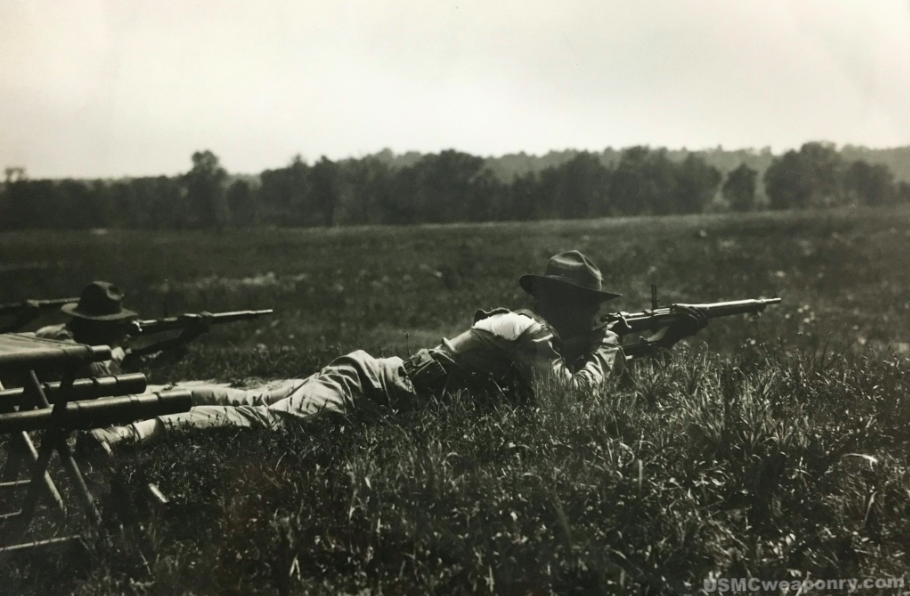
 usmcweaponry.com
usmcweaponry.com
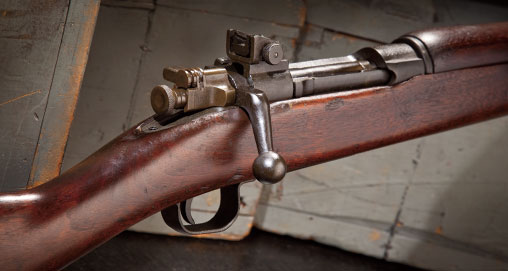
All the Smith-Corona's I have are 4-grooved. I have several Remington's that have the 2-groove set up. There's not that much difference in accuracy considering you are either shooting old surplus ammo (the Greek stuff) are newly made ball ammo that's hardly match grade. Then you have to consider how much wear the barrel has seen. The history of the 03-A3 is that there's not that much history. The ones that were issued went to troops in the rear and many were used in training. Lots of the rifles that people have today were never issued and were surplused soon after the war. At that time the cost was under $30 per gun. The 03-A4 was basicly the same Remington rifle but with a crappy scope by today's standards. But scopes were not the thing before WWII so what went on the A4 was the best they had at the time unless the US could have bought German made optics, but we know that wasn't an option. Even though an all correct A4 will cost you in the neighborhood of 4 grand today it's because good ones are rare. It's hard to find one as nice as the A3's and you have to be pretty knowledgeable or you could end up with a fake. For a lot less money I'd been happy with an early Winchester Model 70.Oh, ok! Roger that. Thankyou for correcting me. Good to know!

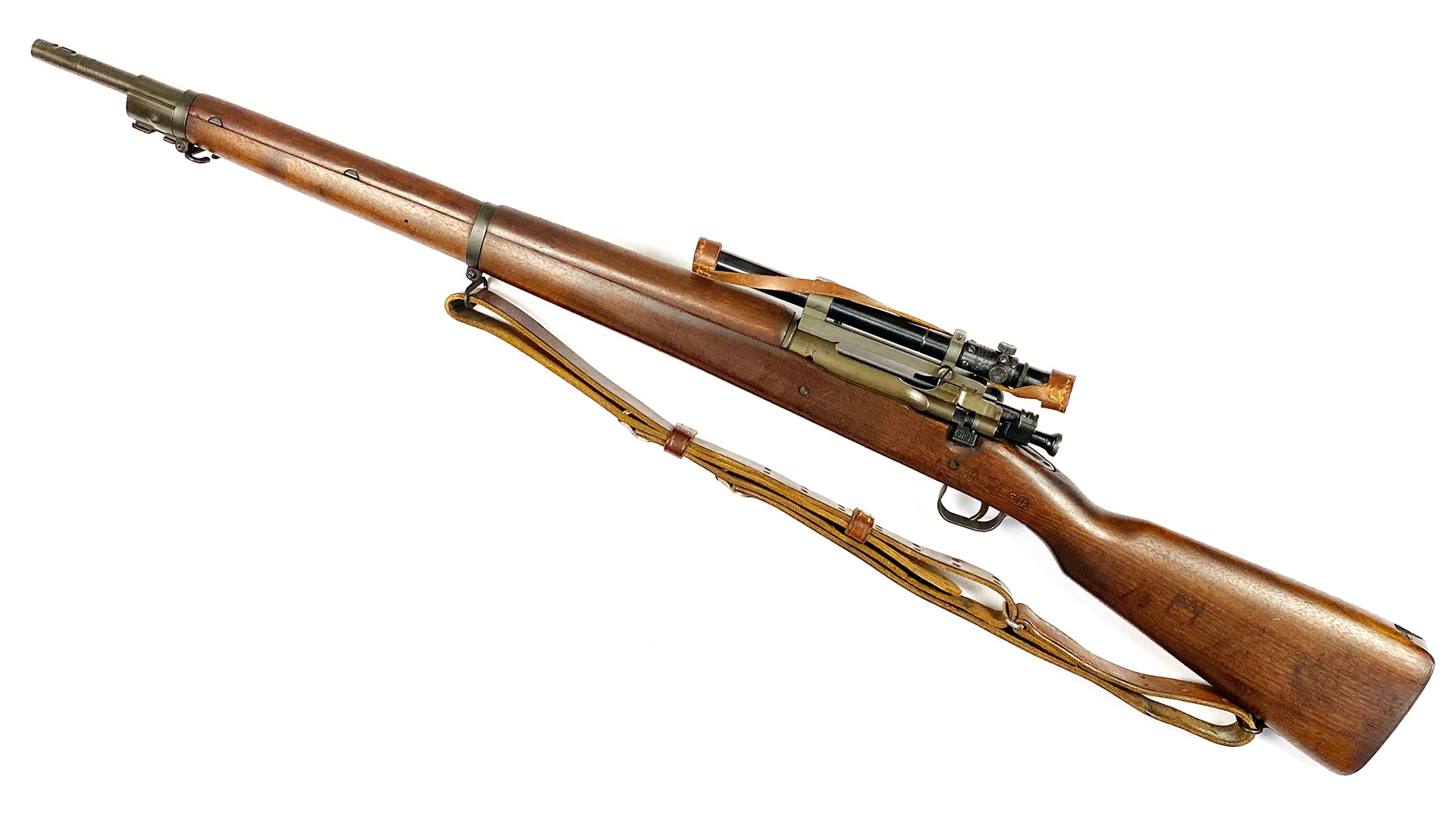
All of these guys contradict each other. People always point out to exeptions to what's in print. Now we can talk about Clawson's book/bible on the 1911. Personally I'd be hesitant to by an A4 today. And I'll never buy another Navy Luger because of all the fakes that are out there. It's sometimes hard to find someone locally that is knowledgeable enough to steer you in the right direction.Poyers' book indicates that there were factory scant-stock A4's, as indicated earlier.
It's almost easier to understand the ins and outs of brain surgery.1903 stocks - different types
- S stock with grasping grooves
- S stock sans grasping grooves.
- C stock
- scant stock.
- a little more detail
- early S stock, grooves, no cross bolts, rod bayonet rifle.
- S stock, single cross bolts, grooves.
- S stock, single cross bolt, second cross bolt added, grooves
- S Stock, 2 cross bolts, SA and RIA
- S stock, 2 cross bolts, SA notched for Mark 1
- S stock, 2 cross bolts, Remington Arms,
- S stock, grasping grooves, Remington arms
- S stock, no grasping grooves, Remington arms. cross bolts, no cut for handguard ring,
- S stock No grooves, replacements, made by Keystone, American Billiard and Bowling, militon Bradly and others, not cut for A3 handguard ring.
- S stock, same as above, but cut for hand guard ring.
- Scant grip stock, 2 cross bolts, no cut for handguard ring, SA made. and other subcontractors as above.
- Scant grip same as above, cut for A3 handguard ring.
- S stock.. cross bolts, cut for handguard ring, Remington made. for A3 rifles.
- S stock, Cross bolts, cut for ring, Smith Corona made. for A3 rifles.
- S stock, cross bolts. cut for ring, made by Remington for SC. A3 rifles. has flaming bomb at tip and ahead of the butt.. with SC markings.
- early pistol grip model B type stock, first C stocks, very rare.
- pre war C stock, SA made, Springfield 1903A1, and the first 1000 1903A4s.
- WW2 style C stock, fat grip. Keystone. and others, with hand guard ring cut,
- WW2 style C stock, fat grip, mil cut for 1903A4 snipers rifle. Keystone, and other subcontractors.
- scant grip WW2 style mill cut for 1903A4 snipers rifles. various subcontarctors and SA.
- NRA sporter stock, pistol grip, sporting rifle fore stock, with band, {shotgun butt}
- NRA sporter stock, same as above, 1922 buttplate cut.
- NRA sporter stock, same as both above, cut for rear sight base.
- 1922 stock..model B style {gallery rifle} pistol grip.
- 1922 pistol grip stock, rebuild and replacement stocks...SA made.
- as well as about 15 other special stocks. NM, NBA sporter, and others
